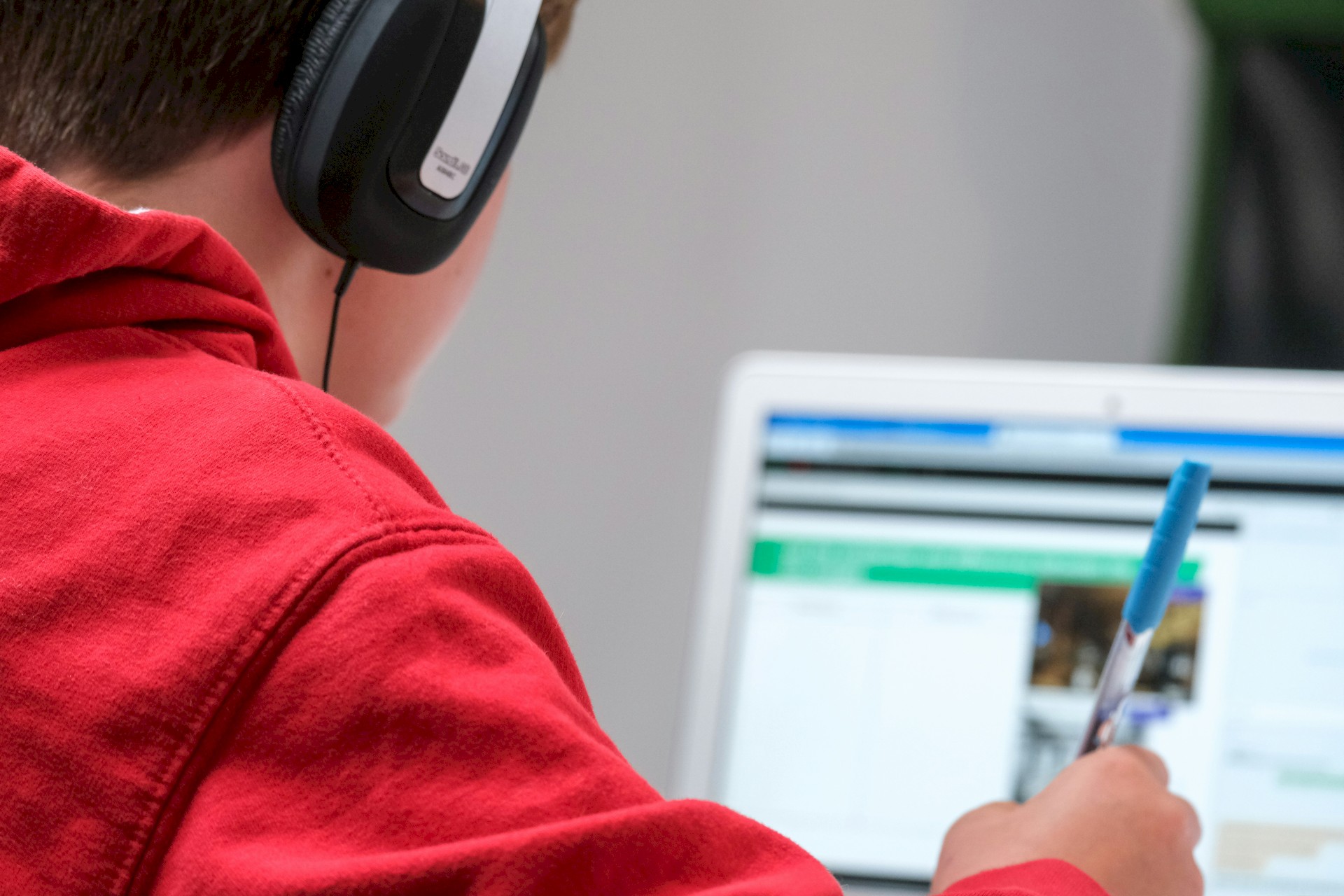Educational Technology, often called EdTech, is the application of digital technology to facilitate the teaching and learning process. EdTech could either take the form of digital learning platforms, online courses and massive open online courses, adaptive learning, interactive whiteboards and smartboards, digital content, gamification and game-based learning, virtual reality (VR) and augmented reality (AR), collaborative tools, assessment tools, mobile learning, and cybersecurity in education.
Artificial Intelligence (AI), a household name in this era, possesses the capability to influence the EdTech field and address all concerns. Likewise, enrolling in an online Bachelor of Social Work will be of great benefit – thanks to COVID-19, everything could be completed online.

How Important is EdTech?
Education is a paramount facet of life. It ensures people are well-informed about various subject matters and most importantly ones of particular interest. The seamless fusion of technology with education is good for a variety of factors – both on the side of teachers and students alike.
Edtech provides an avenue for increased collaboration and communication. Teachers can engage with students in a more personalized way, which further enhances the knowledge a teacher holds of a particular student. Students can work together to solve problems, play games, and share their distinct thoughts through EdTech. It enables the development of intrapersonal and interpersonal skills of the student.
Personalized learning opportunity is another branch of prowess that EdTech offers. With EdTech access to educational resources is not limited thus on a 24/7 schedule. Teachers leverage this opportunity and record classes so it is made available to students anytime anywhere which invariably supports students to learn at their own pace. Teachers can curate personalized lessons for students based on the data provided by the learning pace of students.
The nature of EdTech sparks the subtle art of curiosity and inquisitiveness in students. It enables students to embrace their creative side which is often hard to express as they are young. Moreover, some EdTech forms are VR and AR which allow students to interact with novel technology to open their minds to endless possibilities.
Teachers can achieve new levels of productivity by fully employing the use of EdTech. Technology can expand the learning opportunities for students, and even create room for interaction with students worldwide. Maximizing the use of EdTech lays off the burden of worrying about space to hoard physical study materials in schools.
Barriers to EdTech
However, with the great potential of technology in education, two major concerns are potential hindrances to the full realization of EdTech.
The first concern is known as the first-order barrier, which primarily encompasses barriers beyond the control of the classroom teacher and can include missing or insufficient resources. Access to EdTech content can be daunting, as sometimes individualistic technology know-how may not be that savvy. Time is another constraint under the first-order barrier, seeing as teachers need time to explain how to utilize the resource effectively and efficiently to students.
Pedagogy forms a major aspect of the second concern referred to the second-order barriers. This stems mainly from the teacher’s beliefs about pedagogy and also their experience with technology integration, for instance, data privacy. It is largely to do with an intrapersonal struggle that transcends to others.

AI role in EdTech
AI as a machine-based technique with algorithmic power for making predictions, diagnoses, recommendations, and decisions.
An AI technique known as Natural Language Processing (NLP) is instrumental in computer-assisted language learning. NLP can facilitate automatic feedback such as grammar correction, writing evaluation, and translation for students.
The use of robots, another technique in AI, possesses the capability to greatly impact EdTech. Robots are imperative to motivate students and make abstract and complex topics more understandable.
On the other hand, a subset of AI known as Artificial Neural Networks (ANN) can play a pivotal role in teaching evaluation. Results from AI models can not be tweaked and as such no room for bias, with that in mind, AI can enhance the evaluation, accuracy, and effectiveness of teachers to better shape the teachers.
AI also has the potential to accurately recommend subjects or areas of interest to students based on their past activity on the EdTech platform. Notwithstanding students alone, AI could give briefs to teachers on students’ overall performance in terms of attentiveness level, and period spent on a particular topic or question. This fosters a holistic knowledge of students’ strengths and weaknesses.
AI possesses the ability to address data leakage and cyber attacks on EdTech platforms. Leveraging expert systems, a subset of AI, can create automatic, routine, and randomized searches on EdTech platforms to identify any malicious activity. If identified, action is taken to nullify the attempt of data leakage and other atrocious activities.
Conclusion
The integration of Educational Technology (EdTech) with Artificial Intelligence (AI) is a game-changer in modern education. EdTech, with its diverse tools like VR, AR, and digital platforms, enriches learning by offering tailored experiences and spurring creativity. However, challenges such as limited resources and varying teaching approaches exist. AI, with capabilities like Natural Language Processing and Artificial Neural Networks, addresses these hurdles by providing precise language support and fair teaching assessments, while also bolstering cybersecurity. This powerful combination of AI and EdTech promises a future of education that is more inclusive, engaging, and secure.
Featured image credit: Maya Maceka/Unsplash.





